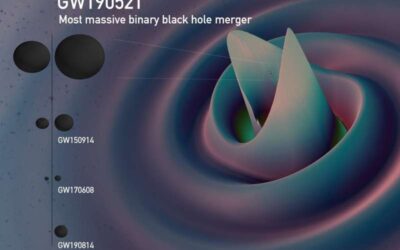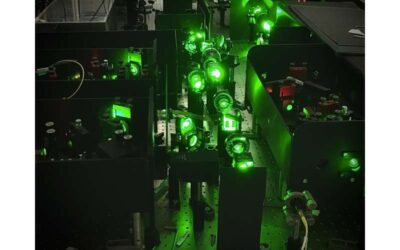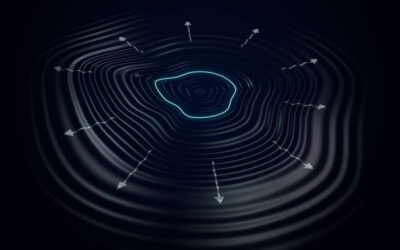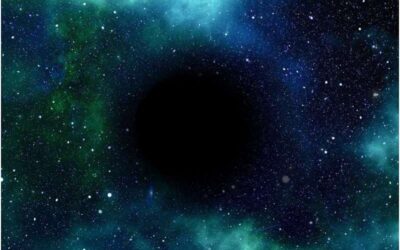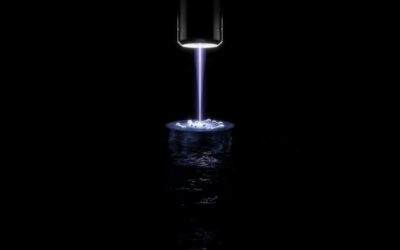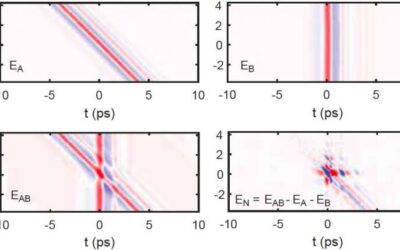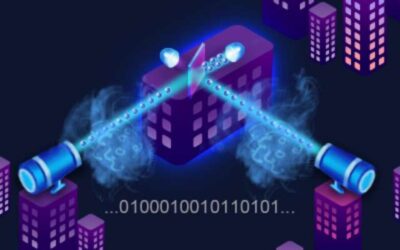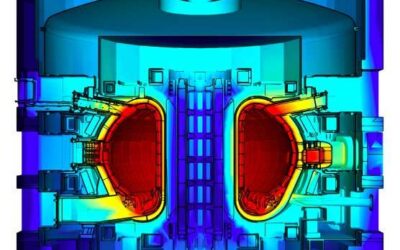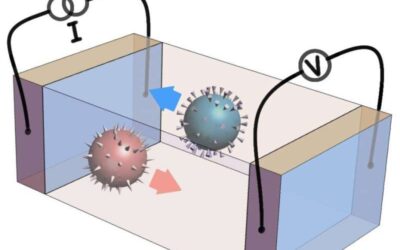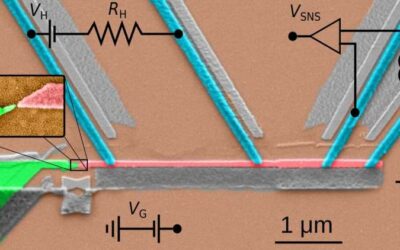In September 2020, the LIGO/Virgo collaboration, a large team of scientists working at different universities worldwide, announced that they had detected most massive gravitational wave binary signal observed to date, which they called GW190521. In a paper published...
General Physics
Researchers unveil issues with nuclear theory, observe no magic behavior at N=32 in charge radii of potassium isotopes
Measuring the size of atomic nuclei has sometimes been useful to probe aspects of nucleon-nucleon interaction and the bulk properties of nuclear matter. The charge radius of atomic nuclei, which can be extracted using laser spectroscopy techniques, is sensitive to...
Theoretical interpretations of the pulsar timing data recently released by NANOGrav
The North American Nanohertz Observatory for Gravitational Waves (NANOGrav) is a gravitational-wave detector that monitors areas in the vicinity of Earth using a network of pulsars (i.e., clock-like stars). At the end of 2020, the NANOGrav collaboration gathered...
Researchers observe stationary Hawking radiation in an analog black hole
Black holes are regions in space where gravity is very strong—so strong that nothing that enters them can escape, including light. Theoretical predictions suggest that there is a radius surrounding black holes known as the event horizon. Once something passes the...
The direct observation of the Pauli principle
The Pauli exclusion principle is a law of quantum mechanics introduced by Austrian physicist Wolfgang Pauli, which offers valuable insight about the structure of matter. More specifically, the Pauli principle states that two or more identical fermions cannot...
The first observation of a marginal Fermi glass
For several years, the condensed-matter physics community has been trying to gain a better understanding of material systems made up of strongly interacting particles. Interestingly, many metals can be described as systems with effectively weakly interacting...
Long-distance and secure quantum key distribution (QKD) over a free-space channel
Quantum key distribution (QKD) is a technique that enables secure communications between devices using a cryptographic protocol that is partly based on quantum mechanics. This communication method ultimately allows two parties to encrypt and decrypt messages they send...
A realistic model of the ITER tokamak magnetic fusion device
Tokamaks, devices that use magnetic fields to confine plasma into torus-shaped chamber, could play a crucial role in the development of highly performing nuclear fusion reactors. The ITER tokamak, which is set to be the largest nuclear tokamak in the world, is...
The long-range transport of deconfined magnetic hedgehogs
Spintronics is an emerging area of research that aims to develop devices that transmit, process and store information leveraging the intrinsic angular momentum of electrons, known as spin. A key objective of spintronics studies is to identify strategies to use...
The realization of a single-quantum-dot heat valve
While many research teams worldwide are trying to develop highly performing quantum computers, some are working on tools to control the flow of heat inside of them. Just like conventional computers, in fact, quantum computers can heat up significantly as they are...

